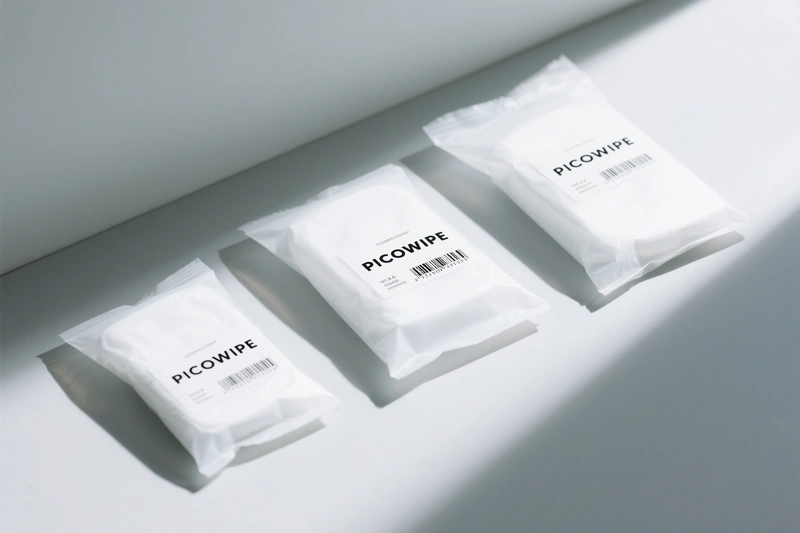By [email protected] — Charting the depths of expertise
Effects of Inconsistent Antistatic Properties
Semiconductor and Electronics Industries: The impact is significant. Unstable antistatic performance can lead to static buildup on the wipe, attracting numerous airborne particles to its surface. It can also cause electrostatic discharge (ESD) during use, damaging static-sensitive electronic components and causing latent or patent damage, which severely affects product reliability.
Optics and Precision Instruments Industries: Static electricity attracts airborne dust, leading to the contamination of precision surfaces.
Causes of Inconsistent Antistatic Properties
Uniformity and Stability of Antistatic Treatment and Agents:
Uneven distribution of surface coatings/finishing agents: Many cleanroom wipes are treated by dipping or spraying with an antistatic solution. If process parameters like solution concentration, application amount, dipping time, or drying temperature are not uniform, it can lead to different amounts of antistatic agent adhering to various areas of the fabric, causing inconsistent performance. The distribution of the agent on the wipe itself may also change over time and with environmental conditions. Variations in coating durability: The antistatic coating may not be robust and can easily wear off during use, friction, or washing, leading to a reduction or even loss of the antistatic effect. This inconsistency is exacerbated by differing wear levels on various parts of the wipe, especially when frequently cleaned or used on rough surfaces. Inherent Material Properties and Structure:
Differences in fiber types: Different fiber materials (e.g., polyester, nylon, microfiber, or blended fabrics with conductive yarns) have different intrinsic abilities to charge and dissipate electricity. Slight variations between raw material batches or an unstable ratio of components in a blended fabric can affect the final antistatic performance. Inconsistent weave/knit structure: Structural features of the fabric, such as tightness, surface smoothness, and fiber arrangement, affect how charge accumulates and conducts on the surface. If the fabric's weave or knit structure is non-uniform between batches or within the same batch, it will also impact the consistency of its antistatic properties. Distribution and connectivity of conductive fibers (if present): For cleanroom wipes that achieve antistatic properties by incorporating conductive fibers, the uniform distribution of these fibers and whether they form an effective conductive network is critical. If the conductive fibers are sparsely distributed, broken, or poorly connected, it can lead to high resistance in localized areas of the fabric and poor antistatic performance. Stability of Production Process Control: Any fluctuation in process parameters at any stage—from fiber production, fabric formation, washing, drying, antistatic treatment, and slitting to packaging—can affect the antistatic performance of the final product. For example, incomplete washing may leave residual ions that affect surface resistance, while improper drying temperatures or times can impact the curing or distribution of the antistatic agent.
Influence of Environmental Humidity: The antistatic performance of many cleanroom wipes that rely on hygroscopic antistatic agents is closely related to environmental humidity. The higher the humidity, the better the antistatic effect; the lower the humidity, the worse the effect. If there are significant fluctuations in the humidity of the production, storage, or usage environment, or if humidity control is inconsistent during testing, it will lead to inconsistent antistatic performance.
Storage and Packaging Conditions: Improper long-term storage conditions (such as exposure to high temperatures, high humidity, or contaminated environments) can cause the antistatic agent to degrade or the fabric's properties to deteriorate, thereby affecting the stability of its antistatic performance.


